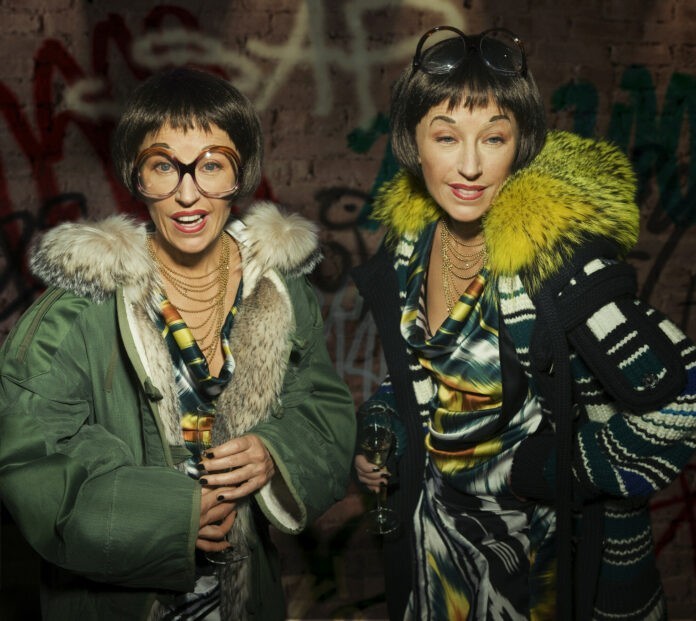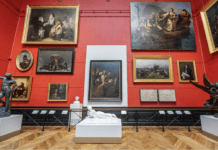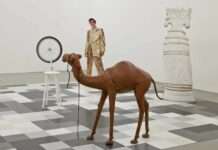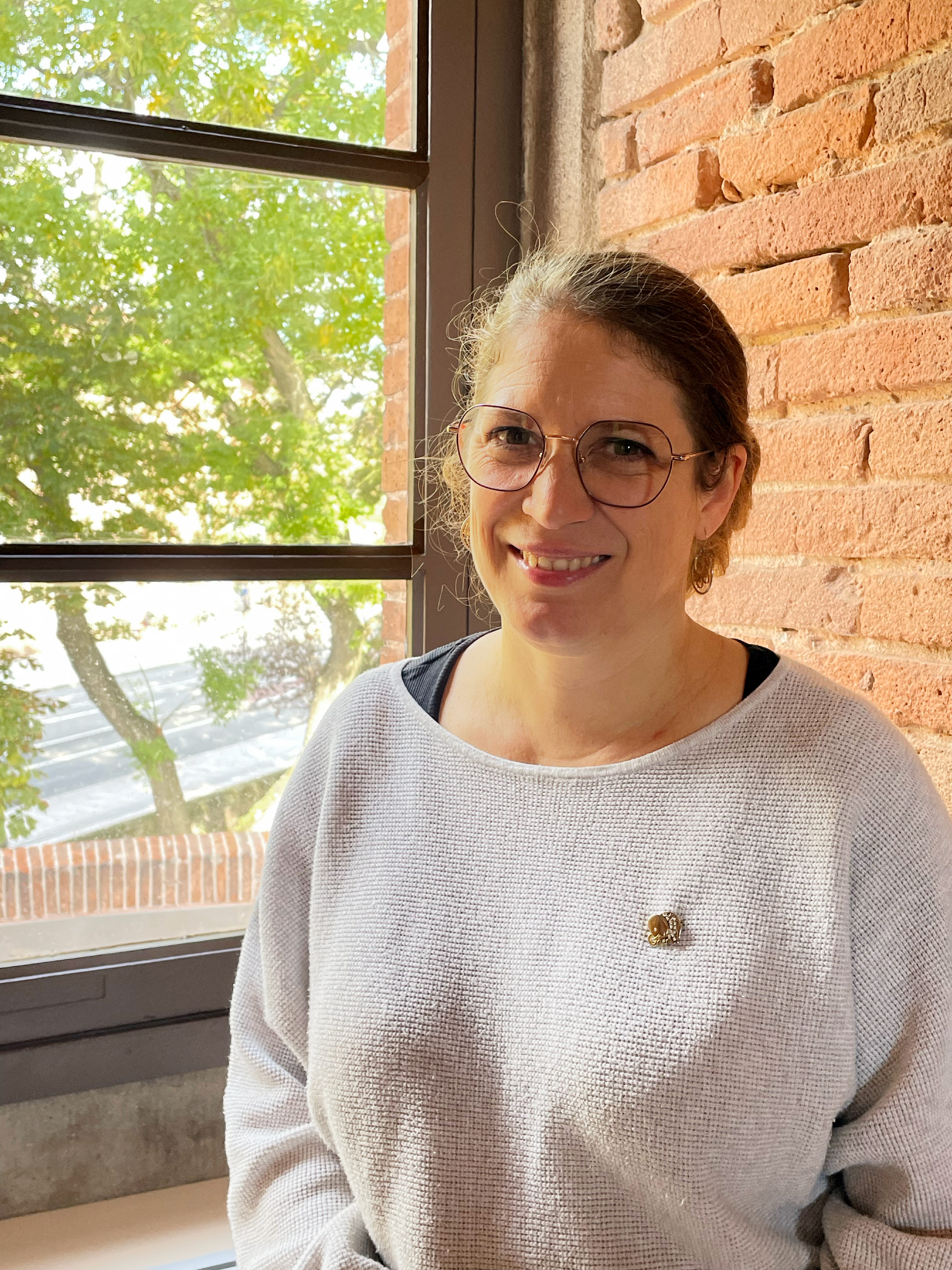Cindy Sherman Untitled #462, 2007/2008, Chromogenic color print © Cindy Sherman, Courtesy the artist and Hauser & Wirth
On the occasion of Ensor Year 2024 celebration, FOMU Photomuseum transposes the topics of Ensor’s work into a contemporary artistic lens. Like Ensor, Cindy Sherman expresses her critical take on social conventions through masks and disguises. The exhibition is divided in two parts : Cindy Sherman Early Works, 1975 – 1980 and Cindy Sherman Anti-Fashion.
Early Works, 1975 – 1980 offers a clear introduction to key elements of her entire body of work. Anti-Fashion dives deeper into Sherman’s fascination for fashion and the nexus between her independent work and commissions in the fashion industry.
That’s why this entire opus offers a new perspective on a decisive female artist never shown before in Belgium exploring five decades of work divided over multiple floors.
Rein Deslé, curator at FOMU present us the genesis of such an ambitious project in collaboration with the studio of Cindy Sherman, Alessandra Napo from the Staatsgalerie and Gabriele Schor from the Verbund Collection.
Next to the Cindy Sherman exhibition, FOMU also presents an exhibition of Dirk Braeckman in wich he goes in dialogue with the FOMU collection. Rein Deslé talks about FOMU’s vision of the collection and main commitments.
Marie de la Fresnaye. What is the DNA of FOMU ?
Rein Deslé. We are a medium specific museum, which means that we focus on photography in all its aspects, how it can seduce you, be beautiful, but also be a beautiful lie, an ugly lie, all mechanisms that photography is dealing with regarding its relations to reality. These are the fundamental questions that we ask. Photography Is also a very democratic medium so it’s a very thankful to think about who gets access to it and to make very explicit efforts to people who are not used to coming to museums. We want to include as many people as we can, from different backgrounds. We feel that the medium of photography is open for them. We also have a very young audience which is something we really want to support.
MdF. How many pieces do you have in the FOMU collection ?
RD. It’s about 4 M pieces. It contains photographs, art works but also archives, books, and a huge camera collection.
MdF. What is the genesis of the Dirk Braeckman exhibition ?
We have been making collection presentations since the beginnings, but it is only recently we started from the idea of a guest curator to focus on the best potential ways to show certain aspects of the collection. We realised a couple of years ago that we really wanted to open up this way of looking at our own collection and to explicitly invite artists and guest curators, to get their fresh eyes on this collection and to give it back to audiences in very different ways, not only through an art historian’s classical way of showing. The first presentation we did last year with Grace Ndiritu was a very impacting starting point since she really used all the collection pieces and integrated them into her own art practice. It became a very intuitive and almost meditative experience to visit this exhibition; it was a fresh and new way to conceive an exhibition which institutions and curators can’t do. With Dirk Braeckman we did a completely different approach which is also very interesting. For ‘Echtzeit’ he created new work inspired by the vernacular images he selected from the FOMU collection. For the FOMU exhibition, he worked for the first time with an existing collection of photos. Braeckman took photos of the chosen images and printed them. He then over-painted, smeared or cut holes in the prints. He photographed the results and processed them further in his analogue and digital darkroom.
The process of creating this exhibition was very intense, we learned so much from the artists because we worked so closely to their creative process. They understand this exhibition as their work. It’s so interesting for us to open new perspectives.
MdF. The exhibition Cindy Sherman at FOMU: the genesis and starting point
RD. We approached Cindy Sherman since we had wanted for a long time to do an exhibition with her. After she accepted, we started finding an angle that was not a classical way of showing her. We found that she was making the Anti-Fashion show based on extensive research made by Alessandra Napo and we talked to her in her early stage. We saw the exhibition in Stuttgart one year and a half ago and really appreciated the way she curated it. We really wanted to expand in that direction. That’s why we approached the VERBUND Collection since they have works from the very student years where you can see core aspects. We added a selection of Untitled Film Stills to since we think it’s important that our visitors in Belgium get a feeling of the depth of the works of Cindy Sherman. In order to better understand her intentions and commitments these early works are essential.
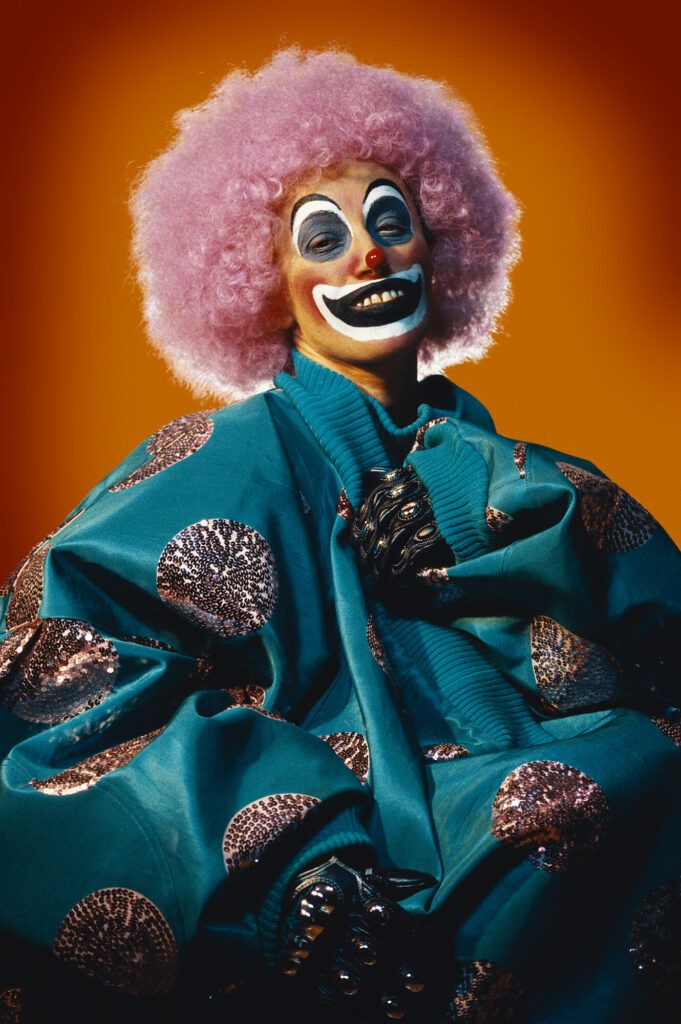
Cindy Sherman Untitled #414, 2003, Chromogenic color print © Cindy Sherman, Courtesy the artist and Hauser & Wirth
MdF. Cindy Sherman’s relation to fashion is ambiguous, isn’t it ?
RD. Yes very much indeed. She has been working with the fashion industry since the beginning of the 1980s. She accepts commissions from magazines and also boutiques or fashion houses but she doesn’t only provide fashion images, she creates images completely against conventions of the fashion industry. She’s been fighting against the conventions especially in the 80ies and 90ies.
MdF. Cindy Sherman offers a mirror about the medium itself
RD. She was one of the first visual contemporary artists using photography as an autonomous artistic medium. I always refer to her as an artist, an artist using photography. I think that’s how she presents herself, especially in the 70ies when it was not easily accepted. There were different worlds, on one side the photographic world and on the other, the contemporary art. She never really made a point out of that. She uses photography because she thinks it’s a very interesting medium because of its complicity in creating these stereotypes in society. By using the medium, she also deconstructed it in a way.
MdF. The importance of scenography and colours
RD. It was intuitively chosen. For Untitled Film Stills we wanted to make it like the cinema reference with a fresh counterpart for the Early Works. For Anti-Fashion we wanted pastel colours to reinforce the impact of the works. I think the result is great.
MdF. What is your definition of photography ?
RD. What I really love in photography is its ability to lie and all that comes with that.
Photography is such a beautiful lie !
The Book Cindy Sherman – Anti-Fashion to accompany the exhibition is published by Hannibal Books. Hardcover, 184 pages, for sale for € 59.
In addition next interview with Gabriele Schor, Founding Director VERBUND COLLECTION and curator Cindy Sherman Early Works 1975-1980 (link to)
Practical Infos :
Cindy Sherman
Early Works 1975-1980
Anti-Fashion
02/02/2025
Dirk Braeckman
« Echtzeit »
25/01/2025
https://fomu.be/fr/expositions
Other Exhibitions Ensor Year to discover in Antwerp :
MoMu : Masquerade, Make-up & Ensor
Jusqu’au 02/02/2025
https://www.momu.be/fr/expositions/ensor
KMSKA : Ensor, In Your Wildest Dreams
https://kmska.be/fr/james-ensor
City Guide Antwerp :
https://visit.antwerpen.be/fr/activiteit/ensor-2024

